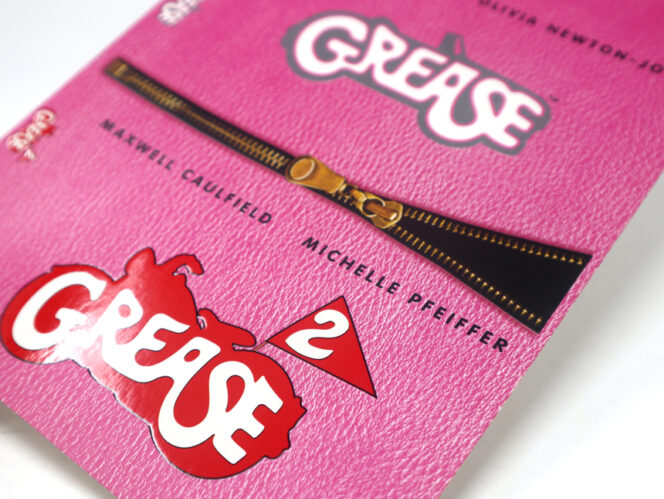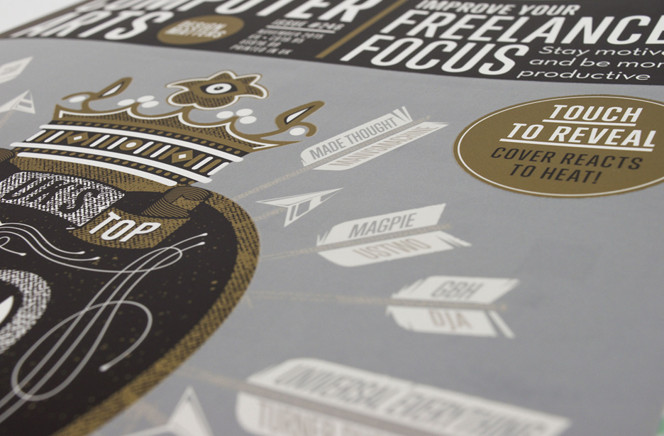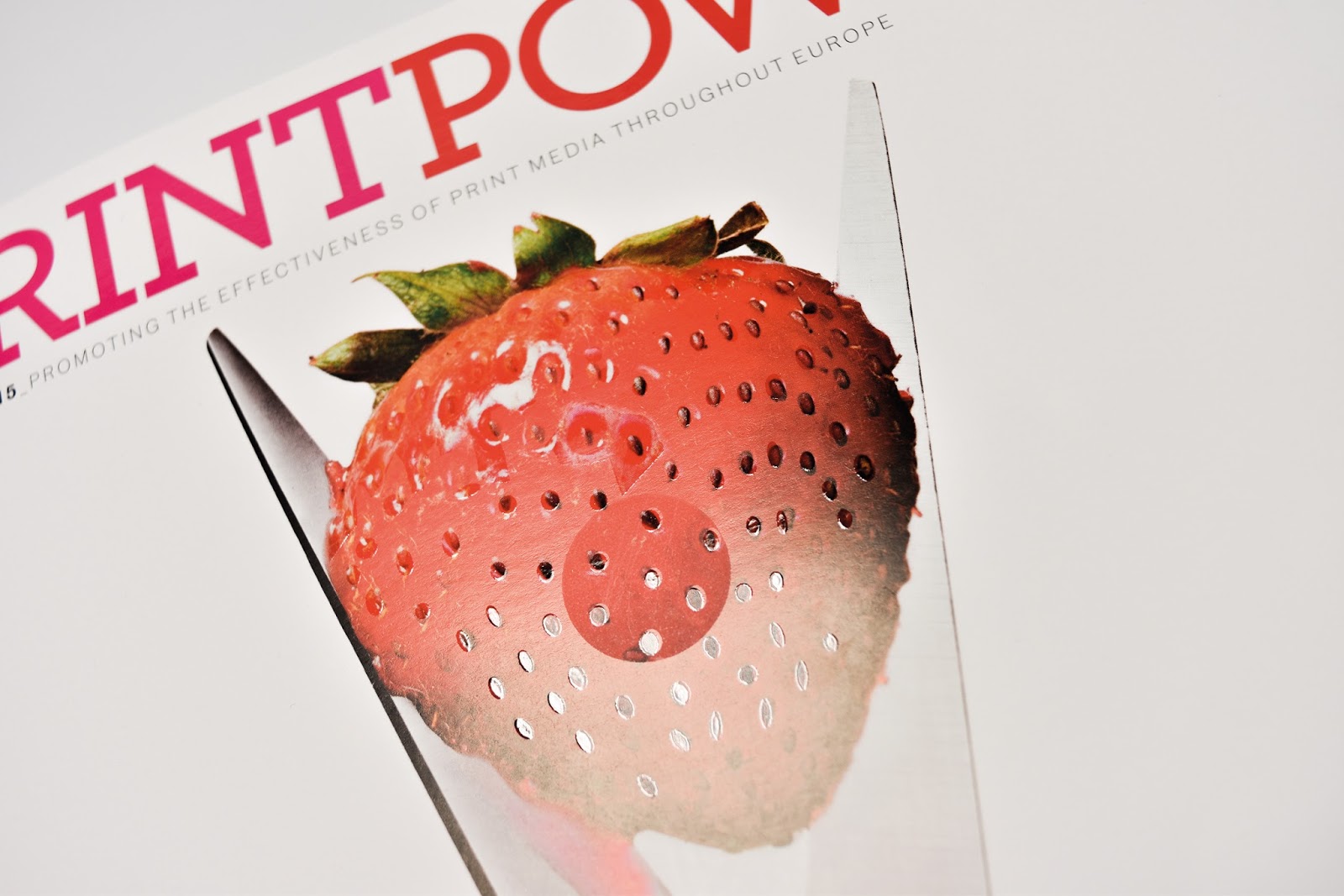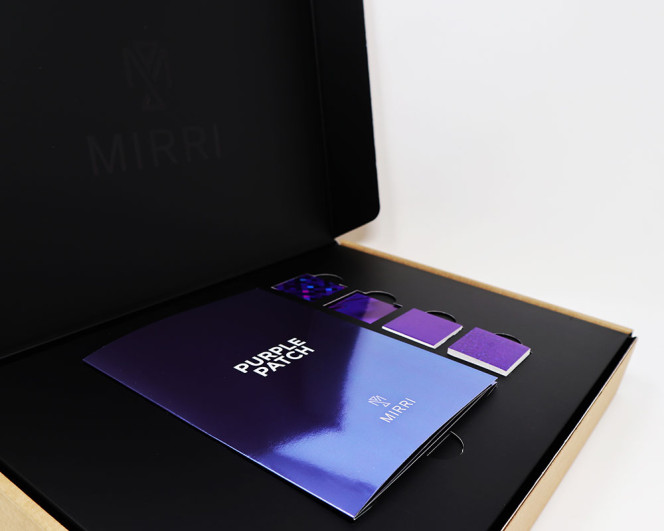The Finishing School
Why touch matters: marketing to evoke emotions
Brands get nowhere by aggressively pushing products. With the science of touch, there’s no need to. Tactile marketing helps customers get a feel for a brand – starting at the skin, converting to the brain, and ending, hopefully, with a sale.
Here, we take a look at the role all of our senses play during purchase decision making, including how brands can tap into tactile senses to better understand (and influence) buying behaviours. Oh, and please do touch the products…
What is sensory marketing?
Sensory marketing engages all five bodily senses: sight, sound, smell, taste and touch. Bringing these senses together can influence so much of a customer’s decision making and develop more meaningful connections between brand and consumer, often subconsciously.
Take Hollister, the laid-back Southern California ‘surfer’ brand. Step inside one of its dark panelled doorways and the store will smatter all the senses – temperature, scent and music are all coordinated by a designer, while the subdued lighting and tactile furnishings create a supreme sensory experience now synonymous with the brand.
Reaching out to customers via multiple senses in this way earns strong emotional resonance with Hollister’s consumer base (primarily teens) before they’ve even seen the clothing. This kind of sensory marketing taps into customers’ life beliefs, feelings and memories. And it works – because people often act according to their emotional impulses. It puts the teen dreamer at the heart of the brand more than traditional marketing methods could ever do.
Smooth moves: how touch sells
As the digital age relies heavily on visuals, more than 80% of marketing tends to stop at the sense of sight and forget about one of the most important senses – touch.
Touch is one of our most important senses. From as early as eight weeks into a pregnancy, the embryo begins to explore its environment using tactile senses. Since touch precedes the other senses, it helps form the basis of everything we understand about the world and our surroundings.
It makes complete sense then that touch is crucial in purchase decisions and buyer behaviour, from the varnished sparkle of a champagne bottle to the warm handshake of a seller. Still, brands continue to miss out on key opportunities to connect with consumers and influence purchase behaviour via sensory marketing.
Examples of tactile marketing
Giving consumers materials to touch, hold and feel can not only trigger emotions and foster long-term connections, it also enables brands to demonstrate the quality of products, hinting at what can be expected. Let’s look at some effective ways you can add touch to your marketing materials…

There’s been extensive research carried out into the effects of touch and its ability to stir up emotional responses in people. Texture is a brilliant way to do this in print marketing. This Grease promotional flyer cuts straight to the senses with clever finishes, including a stand-out embossed motorcycle with a playful spot UV varnish. Note the glossy shine on the Pink Ladies logo – almost like you’re holding a leather cut-off from one of their pink jackets.

Temperature is a huge sensory marketing technique that’s not only used in brick-and-mortar stores, but in print, too. Thermochromic inks can be used to create ‘rub and reveal’ interactivity on marketing materials such as promotional brochures or magazine articles. The heat-reactive ink changes when a customer touches it, revealing a surprise marketing message underneath.

It’s argued that our decision-making behaviour is based on emotions rather than rational data processing. So when customers are presented with tactile marketing that genuinely delights them, such as blending touch and scent to evoke feelings such as nostalgia, those senses can lead to happy sales. Fragrance burst finishes can be applied to select areas of printed designs. When scratched, they release a scent to stir strong emotions in consumers: holiday dreams with suncream, the stimulating bitterness of coffee beans, even childhood memories of freshly cut grass.

By simply touching an object, we’re able to learn more about its shape, size, texture, weight and other characteristics. That’s why many high-end brands – from perfumes to cosmetics to Vogue magazine – use materials that convey a sense of luxury. In our print finishing realm, we know it as Mirri. This world-renowned metallic material can be applied to marketing materials, giving them a magic touch that elevates brand perception and exudes premium value.
At a time when consumers are overloaded with marketing messaging and sell tactics, it’s crucial that brands take full advantage of the capabilities offered by tactile printing and technology. Explore more touchy-feely finishes, or get in touch with our team to start elevating your sensory marketing strategies.
